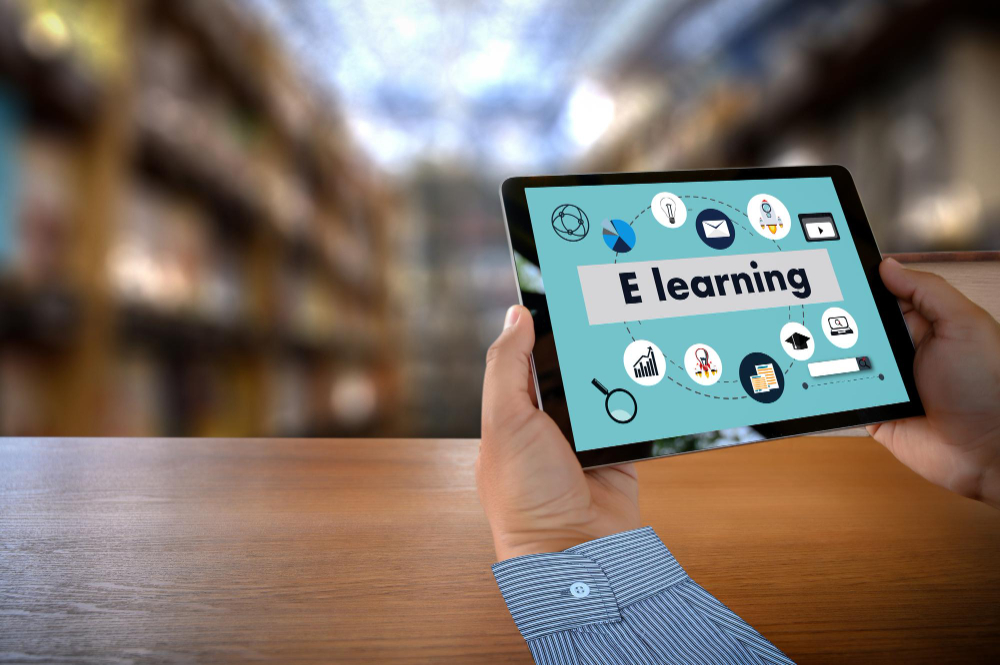Navigating the fast-evolving landscape of Learning and Development (L&D) in 2025 requires both strategic agility and an openness to harness new technologies. Emerging challenges posed by the pace of technological advancement and the diverse needs of a multigenerational workforce are becoming increasingly apparent. L&D professionals must adopt a future-oriented approach, focusing on creating learning experiences that cater to these complexities. Transformative trends are leading towards hyper-personalized, immersive, and data-driven learning experiences, presenting both challenges and opportunities for today’s educators.
A primary challenge is adapting to the accelerated pace of technological evolution. With constant innovations in digital tools and platforms, staying updated is not optional; it’s a necessity. In this dynamic arena, eLearning professionals must regularly upskill to leverage cutting-edge technologies and integrate them effectively within their training frameworks. Cloud-based learning environments, AI-driven content, and VR simulations are just some examples where staying ahead of technological trends is crucial for success.
Engaging a diverse multigenerational workforce adds another layer of complexity. Modern L&D programs must accommodate varying learning styles and technological fluency across baby boomers, Gen X, millennials, and Gen Z. Personalized learning pathways, which adapt to diverse learner needs and preferences, ensure that training is relevant and impactful. By utilizing data analytics, L&D teams can gain insights into learner behaviors and preferences, tailoring content delivery to maximize engagement and efficiency.
One transformative trend reshaping learning experiences is the rise of hyper-personalization. Leveraging artificial intelligence and data analytics allows for creating bespoke learning paths tailored to individual needs and aspirations. These personalized strategies not only boost engagement and retention but also enhance the overall learning journey, making it more relevant and effective for each participant. As this trend gains momentum, the ability to offer custom learning experiences becomes a competitive advantage.
Immersive learning technologies, such as virtual and augmented reality, offer another groundbreaking opportunity. These tools create realistic scenarios where learners can practice and refine their skills in a safe environment. By integrating immersive technologies into L&D programs, organizations can facilitate experiential learning that is both engaging and impactful. This hands-on approach accelerates skill acquisition and boosts learner confidence, ultimately leading to better performance outcomes.
Data-driven decision-making is the backbone of future-ready L&D strategies. By harnessing big data and analytics, organizations can measure learning effectiveness, optimize content delivery, and predict future learning needs. This informed approach enables continuous improvement and innovation within training programs, transforming challenges into opportunities for growth. As a result, data analytics becomes an invaluable tool for crafting agile and responsive learning solutions.
In conclusion, the journey to successfully navigating L&D in 2025 hinges on embracing innovation and tackling challenges with a strategic mindset. By keeping pace with technological advancements, catering to a multigenerational workforce, personalizing learning experiences, integrating immersive technologies, and adopting a data-driven approach, L&D professionals can transform obstacles into opportunities. As the landscape continues to evolve, adaptability and forward-thinking will be essential in shaping the future of learning and development.
